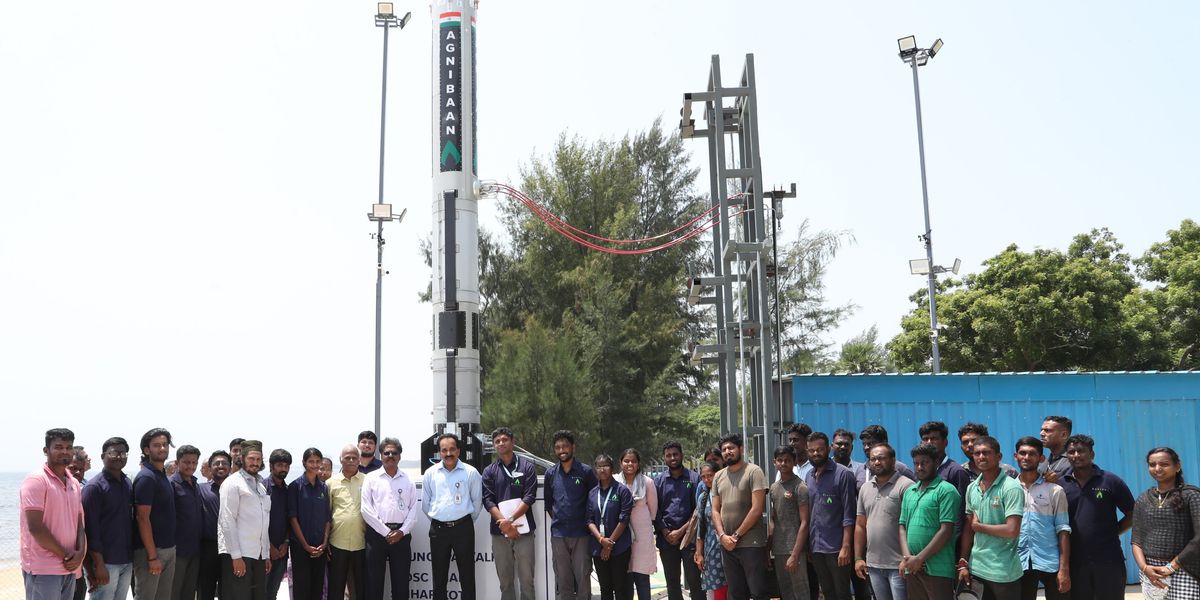- cross-posted to:
- [email protected]
- cross-posted to:
- [email protected]
Indian space startup Agnikul used a 3-D printer from German company EOS to print an engine out of inconel, a high-performance nickel-chromium alloy, in one solid piece over the course of roughly 72 hours. While other companies like Relativity Space and Rocket Lab are using 3-D printers extensively, Agnikul’s engine is unique in being printed in one go, rather than as multiple components that need to be stitched together. This approach significantly speeds up manufacturing time.
The single-engine technology demonstration rocket produced 6 kilonewtons of thrust and reached an altitude of 6.5 kilometers before splashing down into the ocean. The launch vehicle used was about 6 meters tall with a single engine, making it roughly equivalent to the second stage of the company’s planned commercial product, Agnibaan. Agnibaan will be a two-stage rocket, 18 meters tall, featuring eight engines in total, and capable of carrying a 300-kilogram payload to an altitude of around 700 km. The company believes that their 3D printing approach opens the door to providing low-cost, “on-demand” launch services to operators of small satellites.



So for “rocket engine” they mostly just mean the reaction chamber? Not the bell, and especially not the moving parts.
The article does not make it clear exactly how much of the engine was printed.
This line kind of implies that they were able to “print in place” an entire engine (including moving parts), but that seems rather unlikely to me.
Yeah, I think it’s just the reaction chamber (which is guess is the core of the engine? I think this stuff is cool, but I’m no rocket scientist lol).
I’m not really sure what moving parts are part of a rocket engine besides the steering gimbals or the turbopumps. Turbopumps are crazy complex, so I highly doubt those are going to be 3D printed any time soon. I am surprised the nozzle / bell wasn’t, though, as that seems like a good candidate.
Pretty sure the impressive part is just 3D printing in place as much as they did as prior attempts required printing that part in multiple stages and “stitching” (their words) it together in an assembly process.
Yeah, just 3D printing inconel seems like a huge challenge, since it’s specifically made to NOT do the things you want out of printing material. And anyone with a 3D printer can tell you complex interior spaces are hard to get right.
It’s pretty awesome, but all the pumps and tubes and cooling systems etc etc still need to go on. And the turbopump is definitely one of thescariest parts in that list.